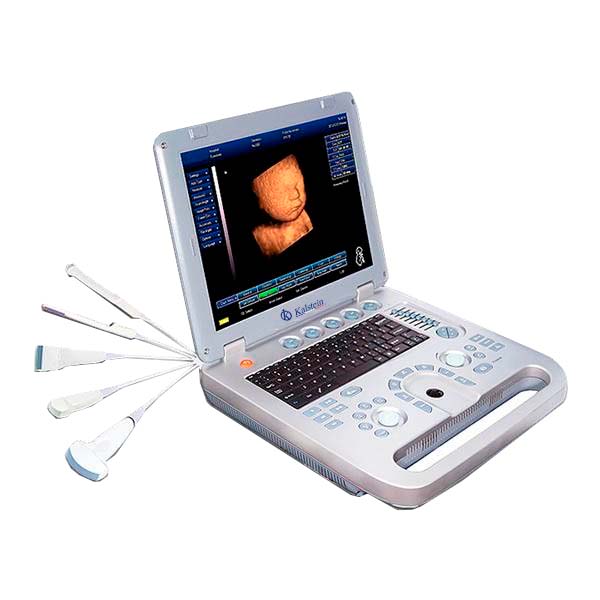Ultrasound (US) is a safe, low-cost, non-invasive diagnostic method that has been widely used in several medical disciplines, including prenatal diagnosis and digestive tract diseases. The digestive system consists of the organs involved in the digestion and absorption of food, from the mouth to the anus. In this sense, it is very illustrative to know how the use of an ultrasound scanner can be useful for diagnosing certain pathologies in the digestive system.
Diagnosis of diseases of the digestive system begins with a physical examination, laboratory tests, blood profile, and urine test. These diagnostic tests help detect and confirm digestive tract pathologies. However, some complicated tests cannot be detected or confirmed with these tests. These conditions can be detected and confirmed by ultrasonography.
How is the ultrasound scanner used in the evaluation of the digestive system?
Ultrasound imaging technology, a transducer is used to emit ultrasound waves to an internal organ. These ultrasound waves penetrate tissues differently and help create an image of the organs being examined. Doctors can use this image to identify the anatomic characteristics of the organ as well as the pathologic changes present.
Ultrasound has been used for the diagnosis of tumors, gallstones, vascular diseases, gallbladder, inflammatory bowel diseases and many other diseases of the digestive system. Ultrasound is especially useful for the diagnosis of solid tumors in the digestive organs. In addition, it has been used for the diagnosis of irritable bowel syndrome, Crohn’s disease, ulcerative colitis and other digestive disorders.
What other diagnostic applications does ultrasound have?
Ultrasound can also be used for prenatal diagnosis of certain conditions in the developing baby’s digestive system. Accordingly, ultrasound is used to identify abnormal features in the fetal development of the digestive system. Ultrasound has also been shown to be useful for detecting abnormalities in the development of organs in newborns.
One of the main benefits of ultrasound is that no preparation is required before the procedure. However, during the procedure, a limited amount of fluid is needed for the transducer to send ultrasound waves. This is especially important when abnormalities are detected in the upper part of the intestine. Ultrasound is also less aggressive than other types of diagnostic procedures.
What are the limitations of ultrasound in the diagnosis of diseases of the digestive system?
Although ultrasound has numerous applications, there are also some limitations. For example, some specific tests, such as esophageal procedures, may be incomplete because of fluids in the stomach. Also, ultrasonography is not adequate for identifying some gastrointestinal structures, particularly deep structures.
Also, ultrasonography is usually not useful for diagnosing infectious diseases. Finally, ultrasound should not be used in patients with pacemakers or metal prostheses. In any case, the definitive diagnosis of any pathology of the digestive tract must be made by applying several tests, including physical and laboratory tests. In this way, they can be supplemented to get the patient’s condition right.
In conclusion, ultrasound is a safe and non-invasive method for the diagnosis of diseases of the digestive system. It has numerous advantages over other methods, making it a useful tool for the management of these diseases. However, there are some disadvantages, so they should be taken into account when choosing the most appropriate diagnostic method. Ultrasound continues to be a valuable tool for the diagnosis of diseases of the digestive system.
Kalstein ultrasound scanner as a diagnostic tool for diseases
Kalstein, allows to make diagnoses that are useful to doctors to provide the best possible treatment. With this imaging equipment you can get a three-dimensional image; and you can also get Doppler echoes to visualize the blood flow in the tissues. Information on the sale of these devices, purchase and estimated prices can be consulted on the pages HERE and HERE.

